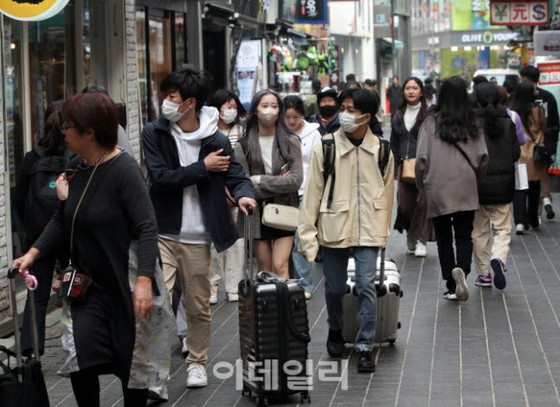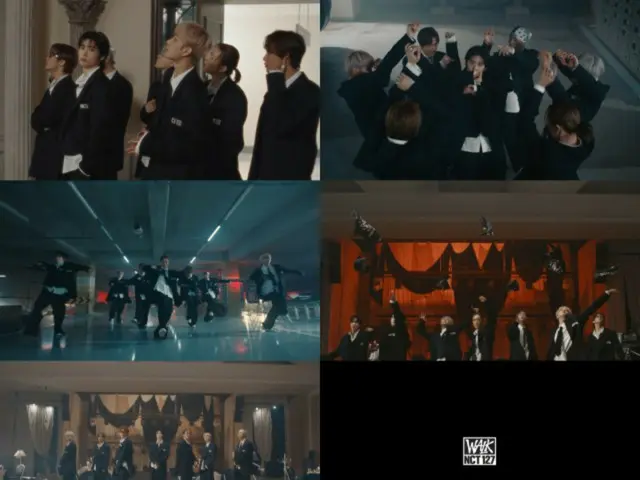 |
Myeong-dong is also known as 'Beauty No.1' or 'K-Beauty Mecca' due to its many beauty-related shops. It has attracted customers mainly in their 20s and 30s with Korean cosmetics brands such as Innisfree, MISSHA, TONYMOLY, and SKINFOOD. However, due to the spread of the COVID-19 virus, the number of customers has decreased, and many shops have been forced to close. Among them, the fact that foreign customers, especially Chinese tourists who have a strong desire to buy, have stopped coming to the store has been a big blow.
Under these circumstances, in South Korea, the government lifted the obligation to wear masks indoors such as commercial facilities at the end of January this year. And on the 20th of this month, the obligation to wear public transportation was lifted for the first time in two years and five months. As a result, only a few hospitals, pharmacies and facilities for the elderly are required to wear them.
Sales of makeup, cosmetics, and skin care products are booming as the "mask removal" trend is beginning to spread. The industry expects this trend to spread further in the future, and has turned to an 'aggressive' stance.
Even in Myeong-dong, the 'beauty number 1', the trend of 'mask removal' has led to an increase in sales at stores that sell makeup, cosmetics, and skin care, and has also led to the creation of a lively atmosphere. Since Myeong-dong has always been a popular destination for foreign tourists, the relaxation of measures at the border due to the coronavirus has helped foreign tourists to return.
South Korean beauty and health store CJ Olive Young analyzed the sales at its five stores in Myeong-dong from the March 1st to the 17th, and found that sales to foreign customers increased 29 times compared to the same period last year. Korea's cosmetics brand Chosun Bijou, which has become popular in the United States through social media, opened a store in the Myeong-dong shopping district in August last year. Sales are increasing by 30% month over month. Chosun Beauty's "Pure Rice Tanning Cream" was the most popular product among British and American customers, and was the sixth most popular product among all foreigners.
According to the Hankyoreh Shimbun, the products foreigners buy, which used to be mainly mask packs, are diversifying. Customers in Southeast Asia, who have become interested in Korean skin beauty due to the popularity of Korean TV series, mainly sell 'slow-aging' products with wrinkle-improving functions. They showed great interest in the Korean-style sunscreen cream. Point makeup products are more popular with Chinese customers than mask packs, and whitening and treatment products are particularly popular with Japanese customers.
An official from CJ Olive Young told the Hankyoreh newspaper, "If we have excellent product appeal and suitable sales channels, even small and medium-sized products that cannot use famous models can attract foreigners." In fact, brands such as Toriden and ROUND LAB, which are owned by small and medium-sized companies, are also increasing their sales in Myeong-dong.
An official of CJ Olive Young told the newspaper, "Tourists are returning to the Myeong-dong shopping district, and the number of customers visiting the sales floor is increasing rapidly."
The name Myeong-dong comes from 'Myeongnaebang', which was the administrative district at that time. In 1946, after the liberation, the name of the current place, "Myeong-dong" was born by combining the "Ming" of "Myeongryebo" and the meaning of "a bright city where many people gather".
If the revival of "Beauty No.1" leads to the vitality of Myeongdong as a whole, it will be possible to revive the" bright city where many people gather" before the corona crisis.
2023/04/03 09:51 KST


